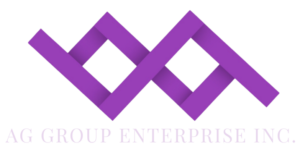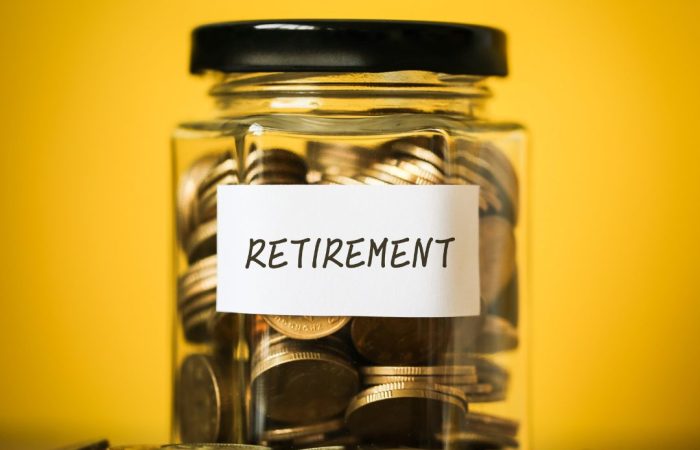What is the most effective present to offer your kids in preparation for their future? Opting for a Registered Education Savings Plan (RESP) to aid your child in funding their future education is the most valuable approach to set them on a path towards success.
What is an RESP?
In Canada, there’s a government initiative to promote investment from parents in their children’s higher education. It involves putting away funds in an account, which then builds up tax-free over time. Additionally, if the child is under 18, the government provides an additional contribution known as the Canada Education Savings Grant (CESG).
What is CESG?
A CESG is an incentive for parents, family, and friends to save for a child’s post-secondary education by paying a grant based on the amount contributed to an RESP for the child – The CESG will be deposited directly into the child’s RESP.
There are three important roles when it comes to starting and handling an RESP:
- Subscriber: The individual/s who contribute
- Beneficiary: The child who receives
- Promoter: The provider, such as a bank or financial institution
Additionally, there consists of three types of RESPs
- Individual or Non-Family Plans: Plans designed for a single beneficiary, often without being directly related
- Family RESPs: Plans that help multiple beneficiaries, typically within the same family.
- Group RESPs: Plans provided by organizations/scholarship funds where contributions are pooled for multiple beneficiaries, often with structured educational services.
The Advantages:
Money Matching
When you contribute to the RESP, the government will match your input through the CESG at a rate of 20%, applicable to contributions up to $2,500 per year. This implies that you can potentially receive a maximum CESG contribution of $500 annually within your RESP. Qualified beneficiaries are entitled to the Canada Learning Bond (CLB) and the Canada Education Savings Grant.
Long-Term Growing Investment
The longer you have the contributions in the account, the more it grows tax-free.
Little to no Tax on Payments
When money comes out of the account in time for the child to pursue or pay towards post-secondary education or education-related expenses, it is called EAPs (Educational Assisted Payments). These payments are taxed less if the student makes a low income, or they’re just not taxed at all.
Controlling where the Money Goes
The Subscriber/Contributor can choose where the funds will go, such as mutual funds, stocks, bonds, etc.
Group Contributions
It’s not just families that can start or contribute to an RESP – friends, extended family, and even strangers can aid in growing the child’s RESP.
You can Save the Money for Later
If the child chooses to attend school later, the funds can be saved for post-secondary expenses. The account will remain open for 36 years and is eligible for not only university or college but also trade schools and certificate programs as long as it is provided through government-designated educational providers.
The Disadvantages:
Maximum Grant Subsidy
There is a maximum grant amount you can receive from the Canada Education Savings Grant (CESG) which is $7200, no matter how much you make.
Capped Tax-free Contributions
You can’t contribute more than $50,000 per child in their RESP. Anything more will result in you paying taxes each month until you begin taking it out.
Will Problems
An RESP could cause problems with giving money to the right person in the case of the subscriber passing away without a will.
If the child doesn’t choose to enrol in post-secondary education, you have a couple of options:
You Must Pay Taxes to Take Out Funds
Accessing earnings for non-educational reasons requires the RESP to be open for 10+ years. You’ll be paying taxes and will have to return all the grant funds contributed to the CESG, plus the beneficiary must be over 21 years old, not going into post-secondary education, and reside in Canada. Additionally, you’ll have to pay a 20% penalty fee upon closing the account.
Transferring the Account to Someone Else
This can be another child as long as they are under the age of 21 and reside in Canada. This transfer will include all grant earnings and maintain its tax-free status.
Move it to a Retirement Fund (RRSP)
If the account is active for at least 10 years, the beneficiary is over 21 years old, and they are not in any post-secondary education, you can transfer the unused funds into a retirement account (RRSP).
Canada is rapidly growing and changing each day with new developments and economic changes – things become more expensive all the time, so securing an RESP is a great option. “This is the best investment parents can give their child to ensure a good future” Pam, our AG Group Financial Expert and Head of Growth emphasizes.
“AG Group has the best solutions to give your child quality education – talk to us today” Pam adds.
Our experienced and knowledgeable Financial team will ensure you are set up for ultimate success for your finances and building for your family’s future. Let us help you stay ahead of the game by getting your savings in the right place and preventing future stress for your children pursuing post-secondary education.
Inquire with us today to open an RESP and find out what else you can do to secure your and your family’s financial future.



